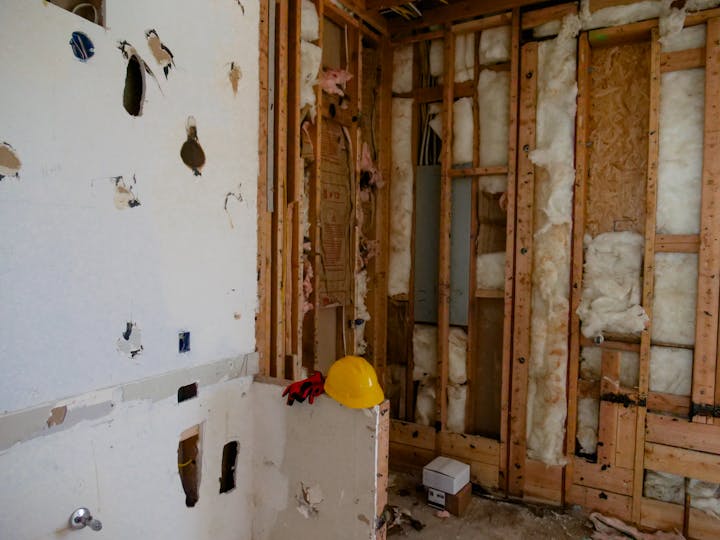In both residential and commercial construction, insulation is a cornerstone of energy efficiency and long-term comfort. It plays a pivotal role in reducing heat transfer, lowering utility bills, and improving indoor air quality. But with so many types of insulation materials, products, and applications available, knowing where to find the best insulation options can feel overwhelming. Whether you’re a contractor, property owner, or project manager, choosing the right insulation requires a balance of performance, cost, and availability.
Understanding Your Building’s Needs
Not all insulation is created equal. The first step in identifying the best options is understanding the specific needs of your building. Are you retrofitting an older structure or working with new construction? Is the priority thermal resistance, soundproofing, moisture control, or all three?
Buildings in colder climates may need insulation with a higher R-value to resist heat loss, while structures in hot, humid environments benefit from materials that control moisture and prevent heat gain. Metal buildings, in particular, present unique challenges due to their high thermal conductivity. These structures demand insulation solutions that prevent condensation and ensure consistent indoor temperatures year-round.
Factors That Influence Insulation Performance
Insulation effectiveness is not just about the material itself but also how it’s installed and maintained. Several key factors influence how well insulation performs over time:
- R-Value: This is the measure of thermal resistance. A higher R-value means better insulation performance, but it must be appropriate for the region and building type.
- Air Sealing: Even the best insulation won’t perform effectively if the building envelope has leaks. Pairing insulation with proper air sealing is essential.
- Moisture Resistance: Some materials absorb moisture, which can degrade performance. Choosing moisture-resistant products is especially important in metal buildings or areas prone to condensation.
- Sustainability: With a growing focus on green building practices, many buyers seek insulation made from recycled materials or those with lower embodied energy.
Where to Source Reliable Insulation Products
Once you’ve defined your needs, the next step is identifying suppliers who offer a comprehensive range of reliable, high-performance materials. Distributors that specialize in insulation for various building types, especially those with dedicated collections for unique structures like metal buildings, are particularly valuable.
For instance, when it comes to sourcing solutions for metal structures, it makes sense to shop insulation options now from suppliers who understand the thermal behavior and demands of these buildings. Targeted collections can save time and reduce the risk of choosing an unsuitable product.
Evaluating Quality and Certifications
It’s not enough to choose a product based on marketing claims or online reviews. Reputable insulation suppliers back their products with third-party certifications that verify compliance with industry standards. Look for materials that meet ASTM standards, carry GREENGUARD certification, or have been tested by independent labs for performance and durability.
Warranties are also a strong indicator of quality. A long-term manufacturer warranty reflects confidence in the product’s longevity and can protect your investment. If you’re working on a commercial project or public building, these credentials can also be essential for meeting code and regulatory requirements.
The Importance of Vendor Expertise and Support
While product quality matters, the supplier’s expertise and customer support can be just as critical. Do they offer technical support or help with installation guidelines? Can they recommend products based on your building specs? Are they responsive to inquiries or bulk order needs?
Suppliers with deep experience in building science can offer value beyond the transaction. Their insight can help you avoid common mistakes, ensure code compliance, and even optimize the lifecycle cost of your project.
Staying Ahead of Innovation in Insulation
The insulation market continues to evolve as materials science and sustainability goals drive innovation. From reflective radiant barriers to phase-change materials and hybrid insulation systems, keeping pace with new developments can offer better outcomes in energy efficiency and occupant comfort.
For example, in metal buildings where radiant heat is a concern, new radiant barrier solutions can reflect up to 95% of heat, drastically reducing cooling loads. Other innovations include blown-in fiberglass with improved density, spray foam with lower global warming potential, and modular insulation systems for easier installation.
When exploring insulation suppliers, consider those that stay at the forefront of these advancements. Their product range will likely include the latest, most efficient solutions that go beyond traditional batts and rolls.
Final Thoughts
The best insulation options aren’t necessarily the most expensive or widely advertised. They are the materials that meet your building’s unique performance needs, comply with regional building codes, and come from suppliers who provide technical support and product transparency.
Whether you’re working with steel-framed structures, residential homes, or commercial facilities, knowing where to shop—and what to look for—can make a significant difference. Prioritize vendors that offer specialized collections, verifiable performance data, and a commitment to helping you make informed decisions. The result is an insulation solution that not only performs well today but delivers long-term value for years to come.





